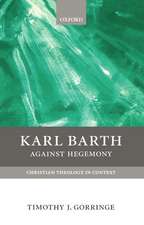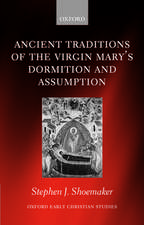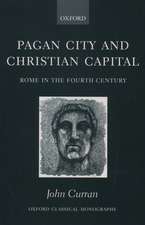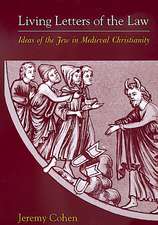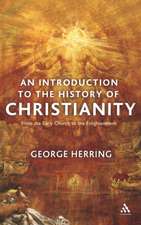The Church of the Holy Sepulchre
Autor Charles River Editors, Kosta Kafarakisen Limba Engleză Paperback
Preț: 74.10 lei
Nou
Puncte Express: 111
Preț estimativ în valută:
14.18€ • 14.83$ • 11.78£
14.18€ • 14.83$ • 11.78£
Carte tipărită la comandă
Livrare economică 02-16 aprilie
Preluare comenzi: 021 569.72.76
Specificații
ISBN-13: 9781542755504
ISBN-10: 1542755506
Pagini: 66
Dimensiuni: 216 x 280 x 4 mm
Greutate: 0.18 kg
ISBN-10: 1542755506
Pagini: 66
Dimensiuni: 216 x 280 x 4 mm
Greutate: 0.18 kg




